Few things are more exciting than the prospect of an upcoming trip or expedition, and a session of adventure planning can seriously heighten that excitement.
Planning ensures your adventure goes as smoothly and safely as possible while delivering the experiences you want. While spontaneous, unplanned adventures CAN work, the odds are against you, and the chances of something going wrong are significantly higher.
Adventuring takes time, energy, and money, so it makes sense to try to get the best from your investments and not waste any of these valuable resources.
As we used to say in the Royal Marines:
Prior planning prevents (pi$$) poor performance!
So, make sure your next adventure is as rewarding as possible by creating an adventure plan.
In this article, we reveal the steps you need to take to plan a successful adventure. Whatever type of adventure you might have in mind, be it short and sweet or a months long epic, these helpful adventure planning tips should help you set off on the right foot.
- Adventure planning for one-day adventures
- Adventure planning for short multi-day adventures
- Adventure planning for extended adventures
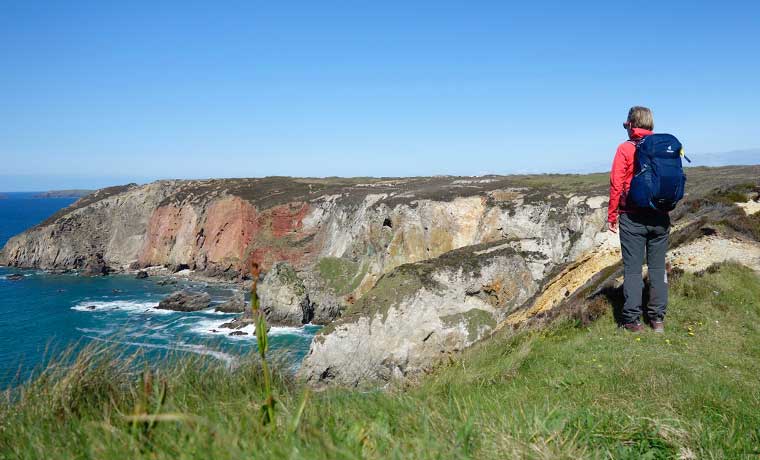
Adventure planning for one-day adventures
Just because your activity fits into a single day doesn’t mean you should forgo adventure planning and just wing it. After all, a lot can go wrong in 24 hours! So, avoid mishaps by following these steps!
01Choose what you want to do
Adventures come in all shapes and sizes, and even a single day can be fun and exhilarating. There are a ton of adventure options that you can do in one day.
Here are a few good single-day adventure options include:
-
Day hikes
- Mountain biking
- Wild swimming
- Rock climbing
- Surfing
- Coasteering
- Tandem parachute jumps
- One-day foraging/survival courses
One-day adventures are the ideal time to try something new. Still, they are also perfect for doing something with which you are already familiar.
If your adventure involves the use of an instructor or guide, make sure you make the necessary appointments well in advance to ensure your activity will go as planned. Confirm your booking before setting off.
02Decide where you want to go and how you’re going to get there
Time is against you on one-day adventure trips, so you may want to stay reasonably close to home. That way, you won’t waste too long getting to your destination.
Fire up Google Maps (other navigation apps are available!) and estimate how long it will take you to get to your proposed destination and identify the easiest route. On discovering how long it’ll take you to reach the start of your destination, you may realise that this trip would be better spread over a weekend, so you don’t have to rush.
That said, if you are prepared to set off early, you can still travel quite a long way and turn a one-day trip into a big adventure.
For example, I once drove from Bristol to North Wales, hiked the Welsh 14 Peaks, and then drove back to Bristol in 24 hours. Was it fun? Not at the time! It was type two fun. But it was certainly an adventure I’ll never forget.
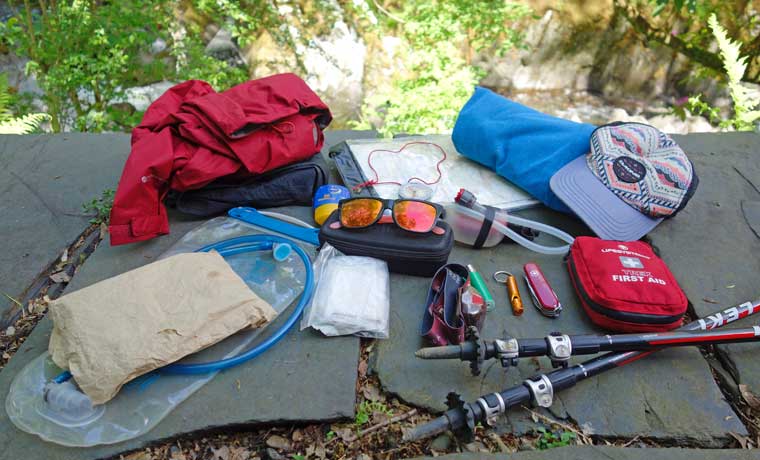
03Get your gear ready
It’s usually best to pack your gear the day before you start your one-day adventure. That way, you won’t have to spend time rushing around trying to find what you need when you should be travelling to your destination.
Ideally, you should use gear you are comfortable and well-acquainted with. For example, this is not a good time to try out a new cooking stove or wear a pair of un-broken-in hiking boots. Using familiar gear will ensure your adventure goes more smoothly.
Make sure you include a small first aid kit in your pack; accidents can happen on even the most unadventurous adventure!
04Don’t forget food and drink
While you can go for many hours without eating or drinking, there is no need to be hungry or thirsty on your one-day adventure. Pack enough food, choosing items that won’t turn to mush after a few hours in your backpack, and carry sufficient water.
05Plan for changes in the weather
The weather can change rapidly, and what started as a warm, dry day can quickly turn cold and wet. So, don’t just pack for the forecasted weather; be prepared in case the weather turns bad. This normally means packing your waterproofs and an extra layer of insulation, such as a micro fleece jacket.
While such extras may seem unnecessary,it’s always better to have them and not need them than need them and not have them.
It’s always better to have them and not need them than need them and not have them
In general, one-day adventures require a shorter lead-in time and less planning. However, even a couple of hours of forethought will ensure your excursion goes as smoothly as possible.

Adventure planning for short multi-day adventures
While you can get a lot of adventuring done in a day, weekend and week-long trips mean you can do more and travel further from home. Longer trips tend to be more immersive, but because there are more moving parts, they usually require more planning.
01Decide what you want to do
While this might seem obvious, it’s still worth considering what you want to do on your adventure.
For example, do you want to do something you’ve done before or try something entirely new? Do you need a guide? Or do you have enough experience to go it alone?
Longer breaks are ideal for trying and learning new activities, and there are plenty of options to choose from, such as:
-
Ski touring or splitboarding
- Horse trekking
- Mountaineering
- Freefall skydiving
Alternatively, you can base your adventure on activities you already do but go further than you usually do on a one-day trip. Examples include:
-
Overnight hikes
- Climbing trips to far-off crags
- Surfing weekends
- Overnight paddle board and kayak trips
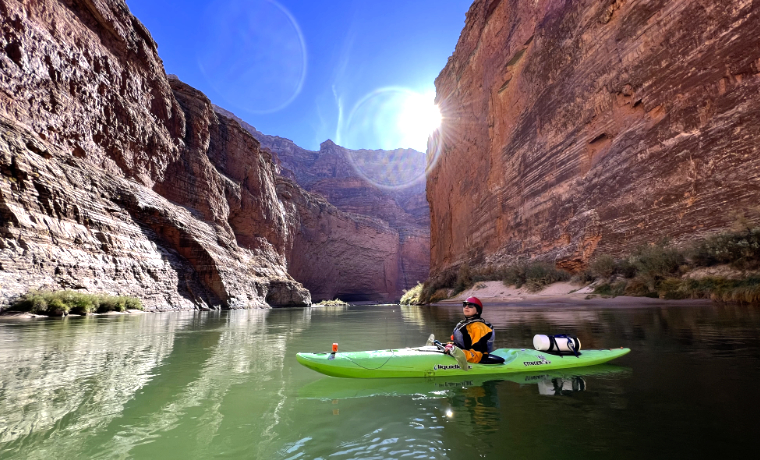
02Decide where you want to go
With more time available, you may want to take your adventure further afield. This could mean a longer drive or even a flight to your destination. However, remember that getting to your destination will burn through at least a portion of your adventure time, so make sure you consider the pros and cons of travelling a long way.
03Choose the best time of year
Many adventurous activities are weather dependent, and the wrong weather could completely derail your trip. While forecasts are never 100% reliable, the seasons give you a broad idea of what the conditions will be like.
So, plan your adventure for the time of year when the weather is most likely to be suitable for the activities you want to do.
For example, if you want to go ice climbing, you don’t want to arrange your trip for the height of summer. Similarly, if you want to do a long-distance bike ride or hike, it’s probably best to avoid the height of summer.
04Plan your equipment needs
Multi-day adventures, especially those that involve overnight camping, are usually more equipment-dependent than single-day trips. So, make sure you have all the gear you need to survive comfortably away from home.
Items you’ll probably need include:
-
Backpacking rucksack
- Tent or bivi bag
- Sleeping back
- Cooking stove
- Water carrying/filtration
- Food
- Waterproofs
- Navigation equipment (compass/GPS)
- First aid kit
- Personal hygiene kit
- Change of clothes (optional on shorter trips)
Pack for all eventualities, but also avoid taking more than you need. Even a couple of kilos of unnecessary weight will make your pack harder to carry.
Also, make sure you test your gear before you go. The last thing you want is to use something like a new tent for the first time and discover you don’t know how to pitch it.
Ideally, you should prepare your gear well in advance, which will help avoid setting off without any essential items. Consider doing a mini-trial, such as camping in your garden to familiarize yourself with your tent, etc.
05Plan your itinerary
Knowing what you are going to do from one day to the next will help you make the most of your time. While this doesn’t need to be organized with military precision, it’s helpful to know where you should be, what you should be doing, and when.
Having a schedule (and sticking to it) will reduce your risk of running out of time or having to rush.
The shorter your trip, and the more you plan to cram into it, the more important itinerary scheduling becomes. Longer trips tend to allow for a more relaxed approach to time management.
Weekend and week-long trips usually need more planning than one-day adventures. They are often more season-dependent, too. Think of this type of adventure as an immersive holiday but avoid trying to cram so much into your time that it feels rushed.
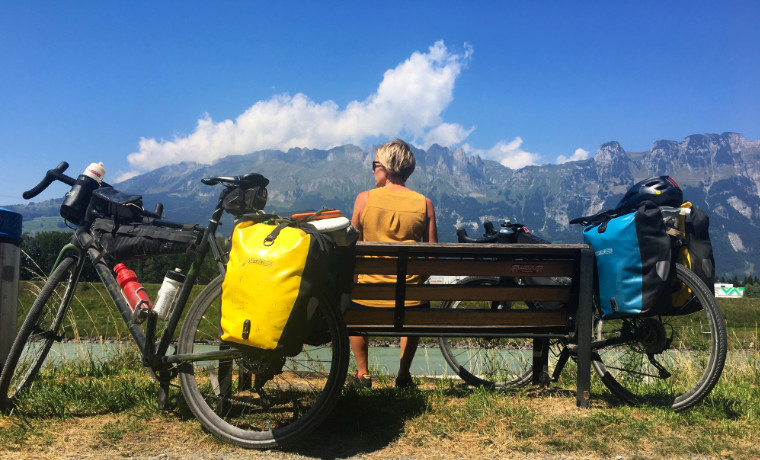
Adventure planning for extended adventures
Some adventures last months or even years. While such lengthy adventures may seem unrealistic and beyond your abilities, many regular folks have undertaken extended adventures, and if they can do it, so can you!
Examples include:
-
Hike a long-distance trail, e.g., Appalachian Trail, Continental Divide Trail, the E4 trans-European Trail, etc.
- Go mountaineering in the Alps
- Cycle route 66 in America
- Backpack through a new country or continent
- Kayak or paddleboard the length of the Mississippi or Nile
01Start an adventure fund
Needless to say, before you plan an adventure that will take months or years to complete, you need to work out how you’ll pay for it.
Many adventurers work from one trip to the next, living cheap and saving most of what they earn so they can afford to take time off. Others fund their travels by vlogging, through sponsorship, or doing casual work during their trip.
Regardless, you not only need money for food, travel, and accommodation, but you also need enough for contingencies, such as emergency medical care or an unplanned flight home. It would be a bad idea to run out of money during a trip, so make sure you’ve got more than you think you’ll need.
02Decide on what you want to do, where you’re going to do it, and how long for
While you’ll need to plan for your big adventure, you may not need to do as much planning as you think. That’s because, with more time available, you will be able to make things up as you go along.
Of course, you should have a general plan of what you want to do, where you want to go, and how long your trip will last, but these things should be relatively flexible. Remember, though, that the longer your trip, the more money you’ll probably need, so make sure you take duration into account when planning your adventure.
Also, if your activity is weather dependent, you need to make sure you plan your trip accordingly. The wrong season could make some adventures impossible or cause unwanted delays as you wait for conditions to change.
03Book your flights and initial accommodation
While it would be unwise to book all your travel and accommodation before you set off on a long adventure, it’s a good idea to secure what you need for the first part of your trip. Then, from your new location, you can book what you need for the next stage of your journey.
Booking your first flights and where you are going to stay will give you peace of mind and confidence as you set off on your adventure.
04Organize your visa, passport, and vaccinations
Depending on where you’re going, you may need a passport, visa(s) and vaccinations. Make sure your passport is up to date and won’t expire mid-trip. Also, secure all necessary permits well in advance, or make sure you know how and where to get them. You may also need to show a vaccination certificate in some regions.
Most countries have websites detailing what you need, so make sure you consult them early in the planning stage so you can organize all these things well in advance.
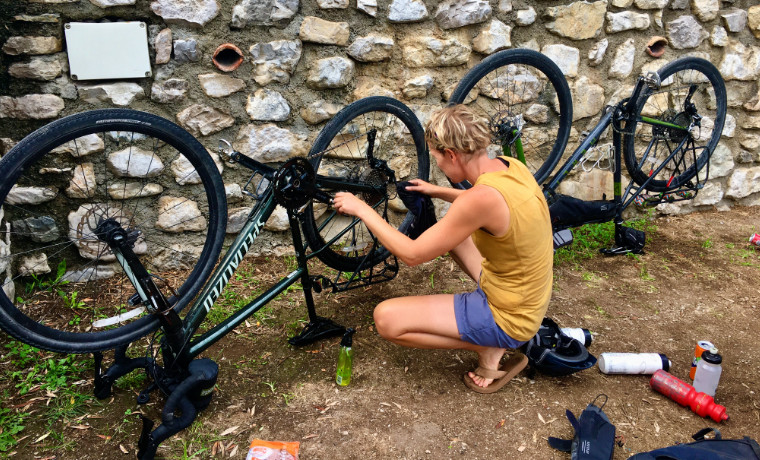
05Ask yourself if you have all the skills you need for your adventure
If your adventure requires a specific set of skills, make sure you have them before you set off.
For example, if you are planning on cycling around the coast of the UK, do you know how to perform bike repairs? Or, if you’re going to have to navigate, do you know how to use a map and compass? If you are going to a non-English speaking country, do you know how to speak some basics, even if it’s just to say hello and thank you?
Learn and practice the skills you’ll need so that, when your adventure begins, they’re second nature.
06Set up contingencies and lines of communication
It’s impossible to plan for every eventuality on a long adventure. Delays are inevitable, travel arrangements fall through, international travel requirements change, and even borders can close.
So, make sure you have contingencies in place, so you are ready for any eventuality. For example, what will you do if you lose your passport, fall ill, run out of money, or have nowhere to stay?
As the saying goes:
Hope for the best, but plan for the worst
Make sure you also have a reliable way to communicate with your family or friends to a) let them know you are okay and b) ask for help if necessary.
While this may not be possible on some adventures, and you’ll have to go solo and unsupported, if you CAN establish communication with the “outside world,” then you probably should.
In a lot of cases, planning a big adventure means focusing mainly on the first few days and weeks. After that, things will unfold naturally, and you’ll develop your plan on the hoof. That said, if your adventure involves crossing borders, make sure you are ready for the legal bureaucracy that often plagues such things and know how to safely negotiate these crossings.

Adventure planning – closing thoughts
Life is so much better with adventures in it. However, unless you are lucky enough to be financially independent, you’ll have to fit your adventures around work and other commitments. This makes your time very valuable, and it would be a shame to waste it.
Regardless of the length of your adventure, planning will ensure that everything goes as smoothly as possible, making the best use of your valuable time.
So, before you start your next adventure, spend some time planning what, when, where and how you are going to do it. This may involve a very detailed plan or just the broad strokes and main ideas. There is such a thing as over-planning!
Finally, remember the old adage: failing to plan means planning to fail. So, put pen to paper to make sure your adventure is as fulfilling, enjoyable, and safe as possible.
The post Adventure Planning: Tips For Epic Escapades appeared first on Cool of the Wild.


